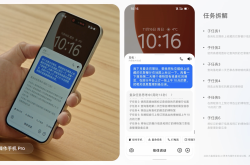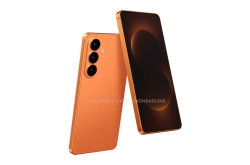Rokid, the Chinese Unicorn, Pushes Open the Door to Smart Glasses
![]() 08/08 2025
08/08 2025
![]() 544
544

【Tide Business Review/Article】
Long queues, crowds, and a packed atmosphere—you might mistake this for a celebrity meet-and-greet? No, it's the scene at the smart glasses vendor's booth at the 2025 World AI Conference (WAIC).
If we had to pick the most popular experience zone at this year's WAIC, Rokid would be a strong contender. Its massive glasses booth became the epicenter of attention. Visitors lined up to try on the products, buy coffee using their glasses, navigate with AR, experience real-time translation, or eagerly discuss the thrill of shooting Vlogs with glasses.
Some joked that Rokid turned WAIC into a "giant try-on party".
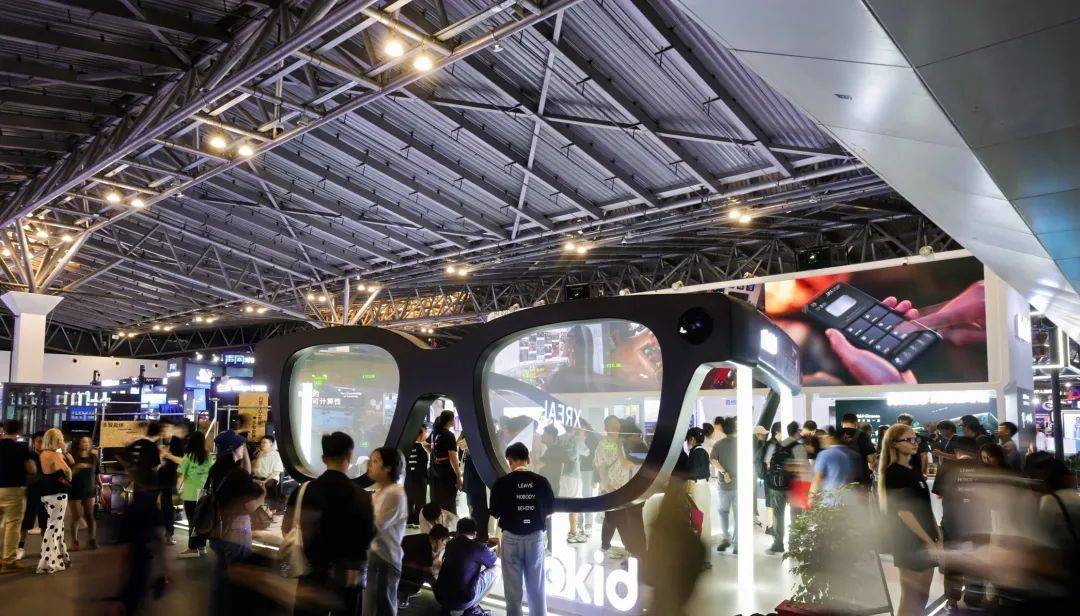
Behind this unprecedented enthusiasm, some are eager to try new tech products, while others anticipate glimpsing the contours of the next era.
American communication scholar Everett Rogers proposed the S-shaped curve theory of innovation diffusion. This theory suggests that technology popularization hinges on users moving from "early adopters" to "early majority." The smart glasses industry is currently at this pivotal juncture.
Practitioners feel the market's "temperature" shift most keenly. During the 618 shopping festival, smart glasses sales on an e-commerce platform surged 800% year-on-year, and the "smart glasses" topic on Douyin garnered over 800 million views. These numbers reflect a burgeoning market demand.
Demand equals opportunity. To seize the market, mobile phone manufacturers, internet giants, and industry unicorns have all joined this "hundred glasses battle".
Amidst the hustle and bustle, a crucial question deserves deep consideration: In fierce competition, what kind of product will ultimately win consumers' hearts?
From Silicon Valley to Hangzhou, technology practitioners worldwide share a consensus: smart glasses may challenge mobile phones and emerge as the frontrunner for the next generation of smart computing and human-computer interaction terminals.
Tracing the evolution of smart glasses reveals that the integration of AI and AR is becoming the norm.
As the brain of smart glasses, AI can comprehend not only text but also voice, images, and even gesture commands, paving the way for seamless integration with smart glasses and transforming them from "feature phones" to "smartphones".
For instance, when a user says, "Help me see how to care for this flower," AI can identify the plant through the camera and offer care tips. Walking on foreign streets, AI translates street signs in real-time.
As the eyes of smart glasses, AR is equally crucial. Being the device closest to human eyes and ears, glasses are naturally suited for "visual + auditory" interaction scenarios. Capturing what users see and hear around the clock to address their needs hinges on AR display. For example, in cycling, navigation routes, speed, and other information can be projected directly onto the lenses, allowing users to intuitively access information without looking down, truly freeing their hands.
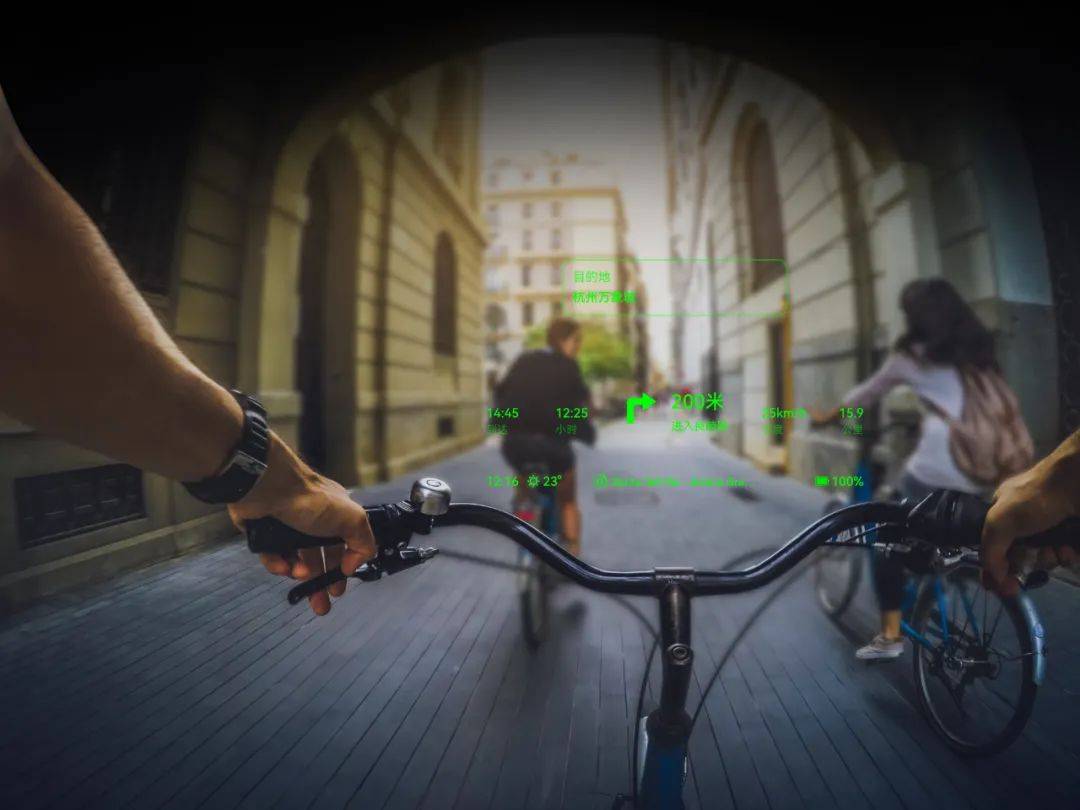
However, AI or AR alone is just a functional overlay for smart glasses. Only when the two are deeply integrated can a chemical reaction occur—AI provides the "brain" for AR, enabling virtual content to understand the real world; AR offers the "eyes" for AI, allowing human-computer interaction to transcend screen limitations.
Thus, only smart glasses that perfectly realize the integration of AI+AR are the ones consumers desire.
Li Wei, an employee at a major company who secured an early F code for Rokid Glasses, has already experienced life with smart glasses.
She chose this product for its exceptional AI+AR performance. As an AI+AR smart glasses, it integrates AR display, AI visual recognition, voice interaction, and other technologies into the form of ordinary glasses. Users can complete information inquiries, function activations, and other operations without holding a device, achieving an "invisible" AI experience.
For Li Wei, who frequently attends meetings at work and loves cycling and citywalking on rest days, this product is a game-changer. It not only lets her listen to music, take videos, and navigate but also uses AI to assist with meeting minutes, "effectively replacing a mobile phone, voice recorder, and camera with one device."
To some extent, consumers' pursuit of smart glasses isn't just about owning a trendy electronic product but also anticipating a brand-new lifestyle—a more seamless way to connect with the world.
Indeed, our interaction with the world hasn't undergone revolutionary changes in too long. When resting, we glance at our phones; when working, we stare at computer screens. It seems like we can freely switch between the digital and physical worlds, but in reality, they've never truly merged.
Smart glasses are poised to be the game-changer.
Counting the history of human technological progress, human-computer interaction has undergone two leaps: personal computers and mobile phones. It is now embracing its third leap.
The first leap was the advent of personal computing, a transition from mechanical operations to graphical interaction. During this stage, humans relied on external devices like mice and keyboards.
The second leap was the advent of mobile phones. Smartphones, especially the iPhone's multi-touch, allowed users to directly interact with the screen using their fingers, making interaction more natural, breaking traditional physical button limitations, and realizing touch interaction and mobility.
It's conceivable that the third leap in human-computer interaction will inevitably involve the integration of human natural behaviors (voice, gestures, eye contact, etc.) with machine interaction. The interaction medium will fuse with human body organs, allowing the physical and digital worlds to converge. The most likely representative is smart glasses.
However, the current status of smart glasses didn't happen overnight. From Google Glass to Rokid Glasses, the evolution of smart glasses is an iterative history of continuously addressing user pain points and transitioning from "conceptual toys" to "practical tools".
Especially with the emergence of Rokid Glasses, it not only overcame the discomfort of traditional AI glasses when worn daily but also ushered in the era of true "all-in-one terminals" with the deep integration of "AI+AR," being seen as the ultimate form of the industry's future.
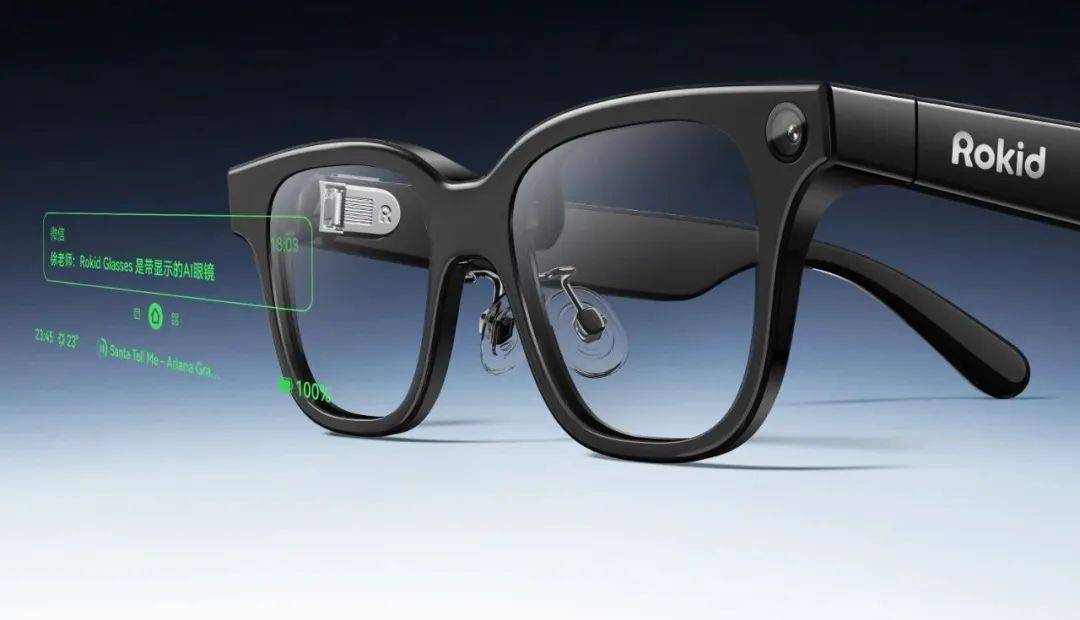
From information input, understanding, output, to forming opinions, smart glasses are the next generation of human-computer interaction terminals, and Rokid Glasses is the answer.
Compared to previous market products, Rokid Glasses' evolution is comprehensive.
In terms of functionality, unlike smart glasses with only speakers and cameras lacking screen display capabilities, Rokid Glasses adopts a Micro-OLED+light waveguide solution, supporting the overlay display of virtual information and real-world scenarios, realizing a true "augmented reality" experience.
In terms of interaction capabilities, Rokid Glasses' interaction methods extend beyond voice to include spatial interactions like gesture recognition and eye-tracking. Users can slide the interface with gestures and activate functions with eye focus, making interaction richer and more intuitive.
In terms of ecosystem, Rokid has built an open system of "hardware + operating system + developer ecosystem," actively integrating upstream and downstream partners, breaking down functional barriers of single vendors, and opening up boundless imagination for application scenarios.
On the smart glasses evolution path, whether in core technology or ecosystem construction, Chinese companies represented by Rokid have demonstrated strength surpassing international giants like Meta, leading the second half of this human-computer interaction revolution with an unprecedented stance.
The popularity of Rokid Glasses has not only set a new milestone for the smart glasses industry but also elevated the industry's competitive threshold to new heights with its robust product capabilities.
But why can Rokid achieve this?
The answer isn't simple. Rokid's success isn't accidental. The core lies in Rokid's years of accumulated expertise in AR and AI technology fields, as well as its deep insights into both ToB and ToC markets, making Rokid Glasses a masterpiece that "wants both and more".
First, as a leading enterprise in the smart glasses industry, Rokid has deep accumulations in various fields such as speech recognition, natural language processing, computer vision, optical display, chip platforms, and hardware design. The biggest highlight of Rokid Glasses lies in the deep integration of AI and AR. This "1+1>2" synergistic effect has given birth to numerous innovative applications, achieving an experience innovation.
Second, Rokid is a company that understands both ToB and ToC. It offers products for consumers and applications for industries.
The uniqueness of Rokid Glasses lies in its "one glasses for multiple uses." At work, it can become a productivity tool; in life, it can transform into a camera, navigator, translator, etc., thereby significantly increasing product usage frequency and user stickiness. This capability stems from its long-term accumulation in both the B-end (industry, healthcare, education) and C-end (consumer electronics).

Finally, the popularization of intelligent hardware must inevitably merge with mass aesthetics. Rokid understands this well and has invested tremendous effort in product design. Whether it's the exquisite metal frame, fashionable tortoiseshell pattern, or the support for custom lens prescriptions, it has successfully bridged the gap between technology and fashion. Rokid Glasses are no longer just a device but have become a fashionable item that showcases taste, a new kind of "social currency," thereby successfully going viral.
Some say that Rokid Glasses have solved a problem that has plagued the intelligent hardware industry for years: how to make users "use it every day and willingly." Compared to smartwatches and smart rings, it's no longer an "optional" accessory but a "partner" that truly integrates into daily life, taking a significant step towards the popularization of smart glasses.
Of course, in the long run, smart glasses are still in the dawn of product popularization. There's still significant room for improvement and development potential in areas such as battery life, display effects, content ecosystems, and cost prices. These issues require collaborative innovation across the entire industry and even cross-industries to address jointly.
Fortunately, Chinese companies represented by Rokid have taken the lead in global exploration with forward-looking layouts and strong execution capabilities, actively participating in and even defining the next generation of industry standards.
In the future, with continuous technological breakthroughs and an increasingly improving ecosystem, there will undoubtedly be more excellent products like Rokid Glasses emerging in the market, jointly propelling the industry towards a new stage of development and ultimately realizing the grand vision of "making AI as ubiquitous as air and computing as natural as breathing".
This revolution in computing and interaction has only just begun.



